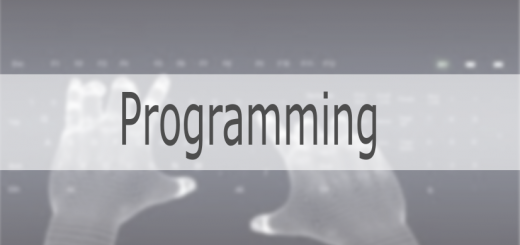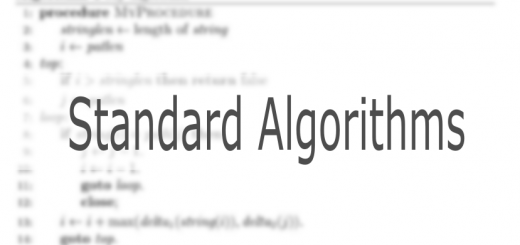Technique – Structured TRACS
Summary of Technique
Exercise(s) for Teachers
Ways of Using the Technique in the Classroom
The most important thing about using TRACS is to be flexible in its use. The process captures all the features of a piece of code and allows you to concentrate on the elements that you want. At the beginning you should go through the whole process with your pupils and then get them to complete examples for themselves. As your pupils become more confident and experienced in using the technique then you can decide whether you need to go through the whole process or just pick parts. For example, the process of ‘drawing the arrows’ can be useful even for experienced pupils.
The process can use your specific language, use the SQA reference language, or a combination of both.
Benefits for Learners
When we are teaching pupils to read and understand code, we often forget the large number of elements that they have to keep in their head to understand everything that is going on. TRACS identifies each of these elements and allows pupils to show understanding. They allow you to identify the elements that pupils struggle with and allow both you and them to concentrate on these.
If you combine using TRACS with asking the pupils to write descriptions of what is happening in detail in the section of code you will also generate evidence for LO 1 in SDD for NAT 4 to Higher without having to use separate assessment material.
Tips for Creating New Exercises
Additional exercises can be created by using the TRACS template and pasting in the code snippet that you want to use. You can decide to use the full process or edit the template to suit. If you want to tie the exercise in with code explaining then you can create a double-sided page with the code explanation exercise on the reverse.
When laying out the code make sure to leave enough room for arrows and annotations.
Pupil Materials


